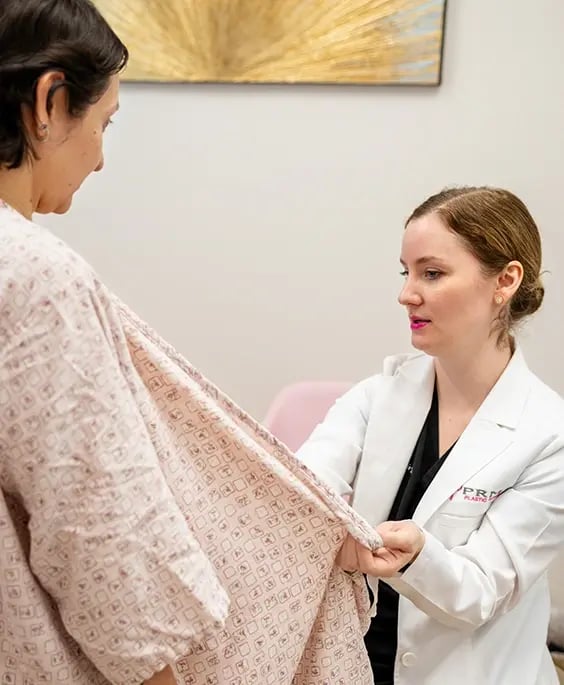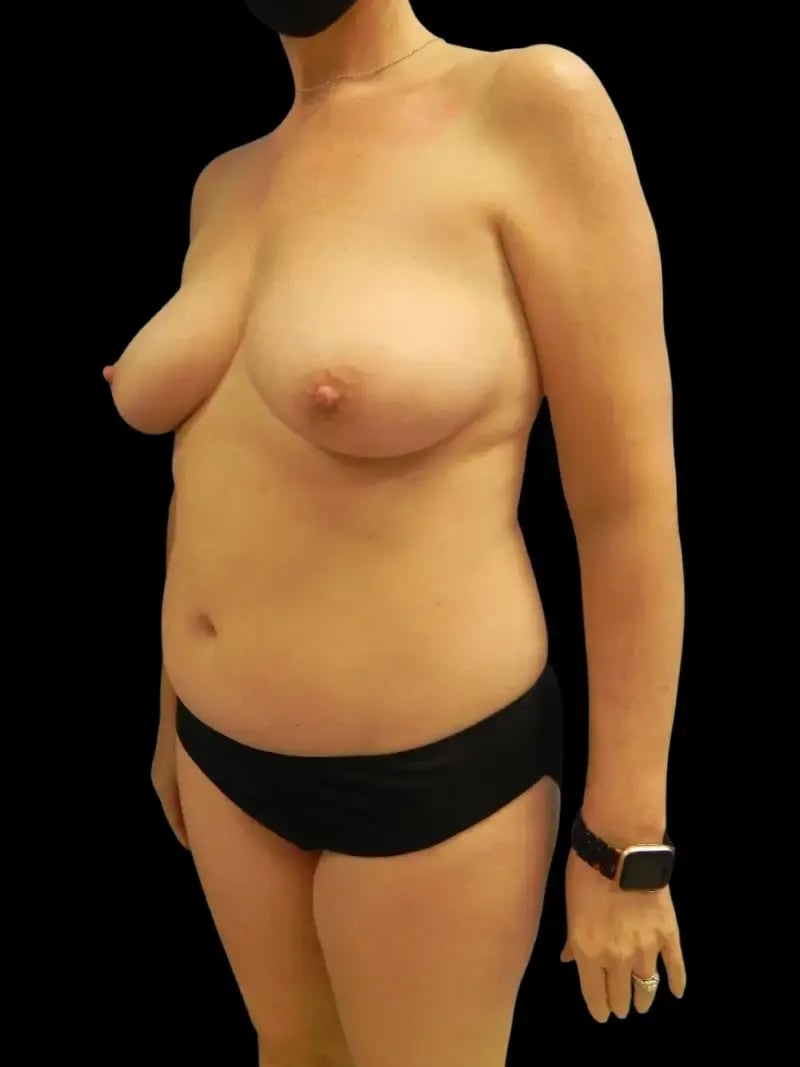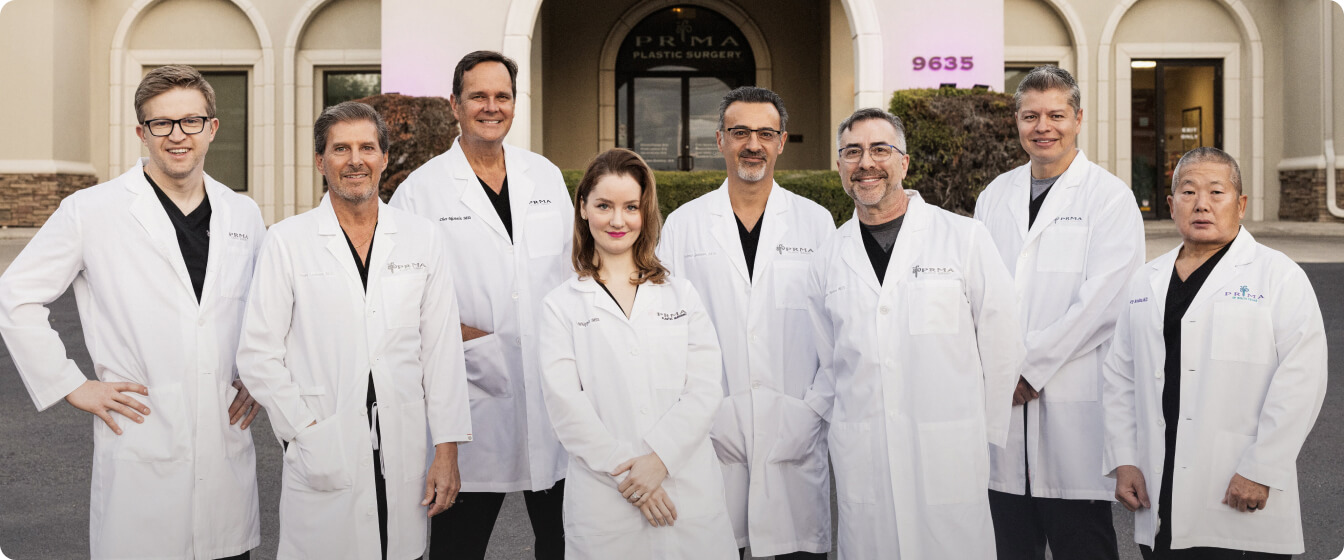.png?width=1912&height=865&name=PRMA%20-%20Breast%20Augmentation%20%26%20Implants%20(T3).png)
Breast Augmentation & Implants
What is Breast Augmentation?
If you’ve ever wished for fuller, more proportioned breasts, breast augmentation with implants may be the solution.
Whether you’re seeking to enhance your natural curves, restore volume lost due to pregnancy or weight loss, or achieve better symmetry, our expert team at PRMA is here to guide you. Breast augmentation is one of the most popular procedures at our practice, offering immediate, transformative results that align with your unique goals.
Key Information
Procedure time is typically 1–2 hours under general anesthesia.
Options include saline or silicone gel implants.
Implants are placed above or below the chest muscle.
Common incision sites are inframammary, periareolar, or transaxillary.
Provides immediate results with a fuller, natural look.
Recovery typically takes 1–2 weeks, with complete healing in 4–6 weeks.
Implants generally last 10–20 years but may require maintenance or replacement.
What to Expect During Surgery
Breast augmentation surgery is typically performed under general anesthesia and takes about 1 to 2 hours. After the patient is comfortably asleep, the surgeon begins by making a small incision, which may be placed in the inframammary fold (under the breast), around the areola, or in the armpit, depending on the patient’s anatomy and preferences. Through this incision, the surgeon creates a pocket either beneath the breast tissue or under the chest muscle to accommodate the implant.
The chosen breast implants—whether saline or silicone, smooth or textured—are then carefully placed into the pockets, ensuring symmetry and a natural shape. Once in place, the incisions are meticulously closed with sutures.
A surgical bra or supportive bandage is typically applied to aid healing and comfort. Patients are then moved to recovery for monitoring before being released to go home the same day.

Before & After








Recovery Timeline
-
Week 1:Most patients experience swelling, bruising, and discomfort during the first week after surgery, which is managed with medication. Patients may resume light activities, but it’s important to avoid lifting and strenuous movements.
-
Week 2:Swelling begins to subside, and discomfort improves. Many patients feel ready to return to non-physical work or daily routines, though exercise and heavy lifting should still be avoided.
-
Week 3-4:Most swelling resolves by the third and fourth week, and patients notice a more settled implant appearance. With surgeon approval, light exercise may be resumed, but high-impact activities are still restricted.
-
Week 5-6:Patients typically feel back to normal and may resume all activities, including more strenuous exercise, as advised by their surgeon.


The Nation’s Destination for
Sensation Restoration
Will Insurance Cover Breast Implants?
You may be a strong candidate for breast augmentation and implants if:
- You are in good overall health with no major medical conditions.
- Your breasts are fully developed, and you are over 18 for saline implants or over 22 for silicone implants.
- You want to enhance breast size, shape, or symmetry.
- You seek to restore breast volume lost from pregnancy, weight loss, or aging.
- You have realistic expectations for surgical outcomes.
- You are not pregnant or breastfeeding at the time of surgery.
Find Your Surgeon
Will Insurance Cover Breast Implants?
It’s essential to check with your insurance provider for specific coverage details, and our team is happy to assist you in navigating your options.
For more information, visit [Insurance FAQs] in the patient resource center.

Preparing for Breast Augmentation in Texas
Learn more about:




